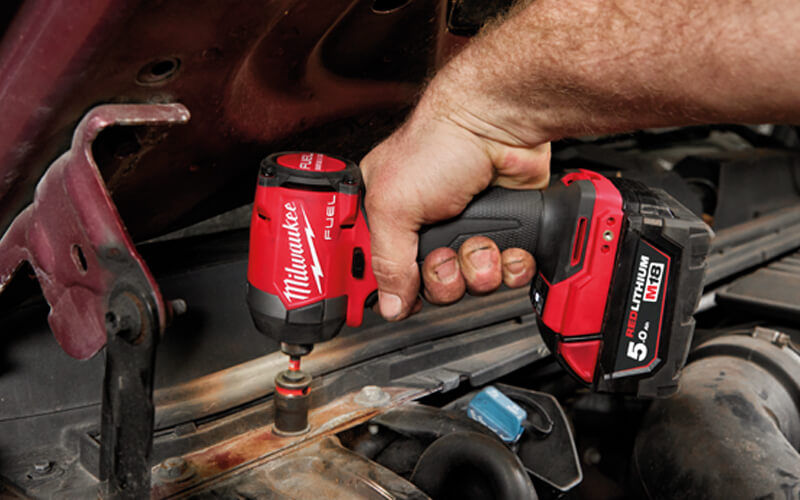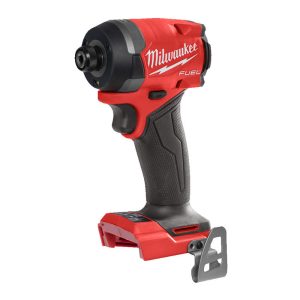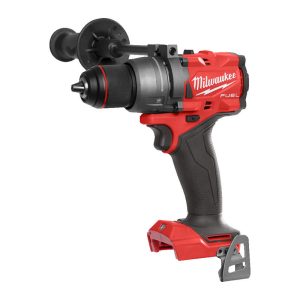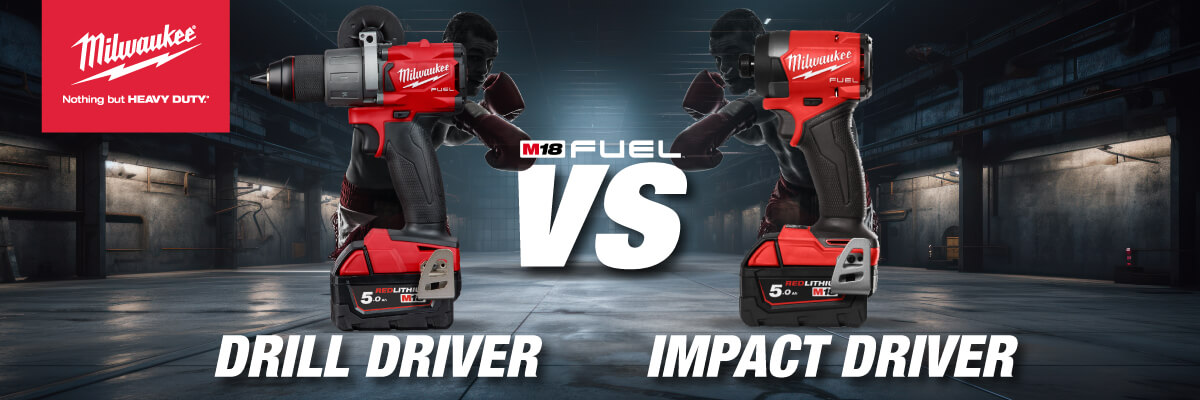“Drill Driver vs. Impact Driver: Choosing the Right Tool for the Job”
When it comes to tackling drilling and screw-driving tasks, having the right tool can make all the difference. Two popular options on the market are the drill driver and the impact driver. While they may seem similar at first glance, these power tools have distinct differences that cater to specific applications. In this article, we’ll explore the features and functionalities of drill drivers and impact drivers to help you make an informed decision for your next project.



Impact Driver
Functionality: On the other hand, an impact driver is a specialist in driving screws (but with ¼” hex drill bits it can be used for drilling as well and in some cases is safer than a drill driver because of the clutch). Its unique mechanism combines rotational force with concussive blows, delivering high torque specifically tailored for efficient screw-driving, especially with longer and larger diameter screws.
Drill Driver
Functionality: A drill driver is the Swiss Army knife of power tools. It serves a dual purpose, allowing users to both drill holes and drive screws. With adjustable torque and speed settings, it provides versatility for a wide range of tasks.



Impact Driver
Torque: Designed for high-torque applications, impact drivers excel in scenarios where significant force is needed. This makes them the tool of choice for driving long and thicker screws or working with tough materials like hardwood and metal.
Drill Driver
Torque: Offering variable torque settings, drill drivers are suitable for tasks requiring different levels of rotational force. This makes them versatile for various applications, including delicate jobs that demand lower torque.



Impact Driver
Chuck Design: Impact drivers typically feature a quick-change ¼” hexagonal chuck designed for secure bit grip and quick bit changes. The hex-shanked bits are ideal for high-torque applications, ensuring a reliable connection during operation.
Drill Driver
Chuck Design: Is usually equipped with a user-friendly keyless chuck, drill drivers make bit changes a breeze. This feature allows for quick and easy adjustments without the need for additional tools.



Impact Driver
Noise and Vibration: Due to the concussive blows it delivers, an impact driver tends to produce more noise and vibration. Users should be mindful of this aspect, especially in situations where noise control is a consideration.
Drill Driver
Noise and Vibration: Known for their quieter operation and reduced vibration, drill drivers provide a more comfortable user experience, making them suitable for a variety of tasks.



Impact Driver
Application: Specializing in high-torque applications, impact drivers shine when it comes to driving long screws into challenging materials. They are favoured in construction, woodworking, and other tasks demanding substantial force.
Drill Driver
Application: With its versatility, a drill driver is a go-to tool for drilling holes in various materials and driving screws into softer surfaces. It’s an all-around solution for both professionals and DIY enthusiasts.
Conclusion
In the impact driver vs drill driver debate, the right choice depends on the nature of your project. If you seek versatility and a tool capable of handling a variety of tasks, a drill driver is your best bet. On the other hand, if high-torque screw-driving is the primary focus, an impact driver should be your tool of choice. Many users find it beneficial to have both tools in their toolkit, ensuring they’re well-equipped for any project that comes their way.
M18 FID3-0X HEX IMPACT DRIVER

M18 FDD3-0X DRILL DRIVER










